Recent Articles
Popular Makes
Body Types
2016 Hyundai Accent Road Test and Review
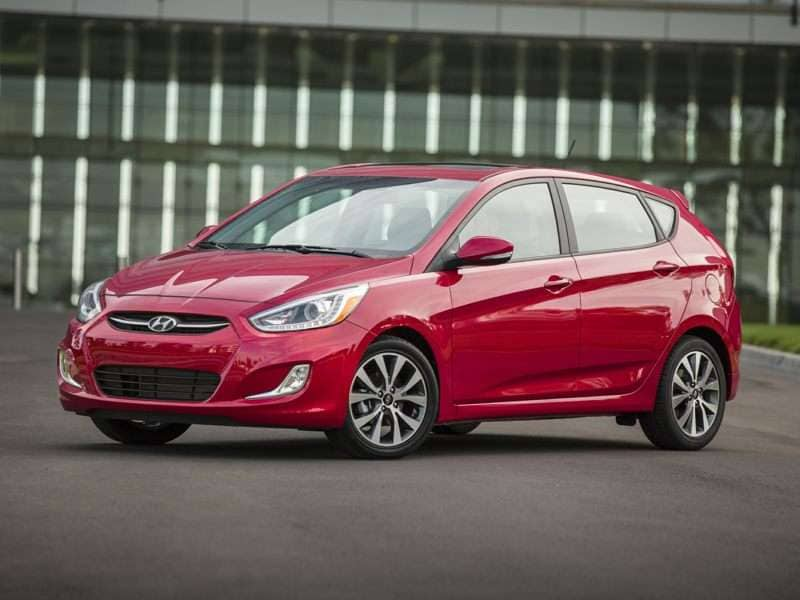
2016 Hyundai Accent
The 2016 Hyundai Accent has certainly gotten off to a hot start this year, sales-wise: After the first five months, volume for Hyundai's subcompact had jumped 23 percent; every other mainstream car in the segment was in the red during that time except for the Nissan Versa, which had grown sales by all of 1.8 percent. The Accent's success is especially surprising when you consider the overall state of the industry, too, since many customers now seem to prefer crossovers and pickups to small cars. Nor has much changed from the 2015 model year, although it remains a fairly fuel-efficient and fun-to-drive choice. So why the sudden sales ascent of the Accent? Here are a few factors worth noting.
Pricing and Trim Levels, Pt. 1
A key benefit of smaller cars like the 2016 Hyundai Accent is their affordability. Consider: The Accent sedan has an MSRP of $14,745, and that includes standard air conditioning, power amenities, and a 6-speaker audio system with USB and auxiliary inputs. The Accent hatchback is a mere $14,995; the $250 difference as compared to the sedan is the lowest increase between body styles in the segment. For example, to move from a Nissan Versa sedan to the Versa Note hatchback requires a hefty $2,240 increase in MSRP. That said, the Accent does fall toward the center of the subcompact pricing segment, in between Chevy, Ford, and Nissan on the low side, and Honda, Kia, and Toyota on the other.
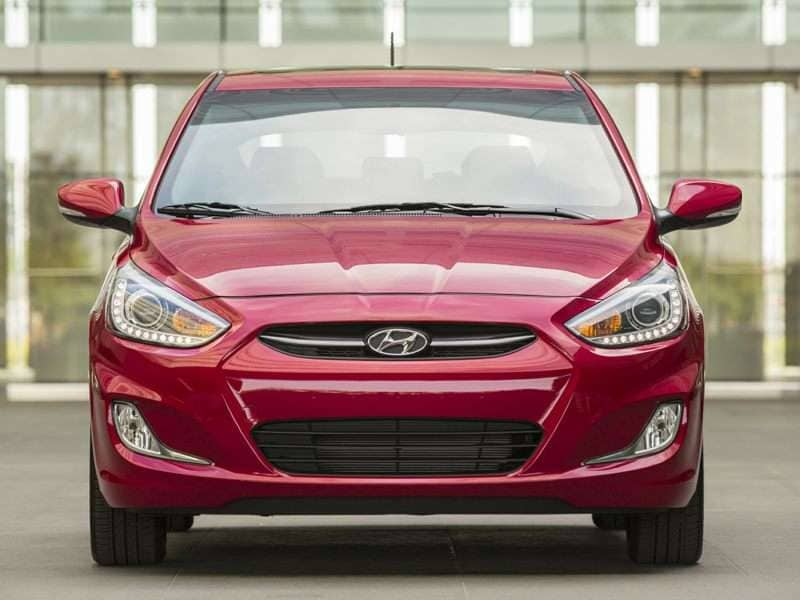
Pricing and Trim Levels, Pt. 2
In terms of trims, shoppers should know that the 2016 Hyundai Accent sedan is available only in the starting SE grade, while the hatchback can be configured in either that setup or the more athletic-looking Sport trim. As mentioned, all are pretty well equipped right out of the box, and not just with the basics. The standard driver’s seat has 6-way adjustability, for instance, and there are non-basic cues like cloth inserts for the door panels, instead of more plastics, along with body-color exterior trim and a chrome-accented grille.
The Accent Sport scores more style points with a rear spoiler, 16-inch machine-finished wheels, and LED-accented headlights, then wears premium-cloth seating surfaces and a leather-wrapped, multi-function steering wheel in the cabin.
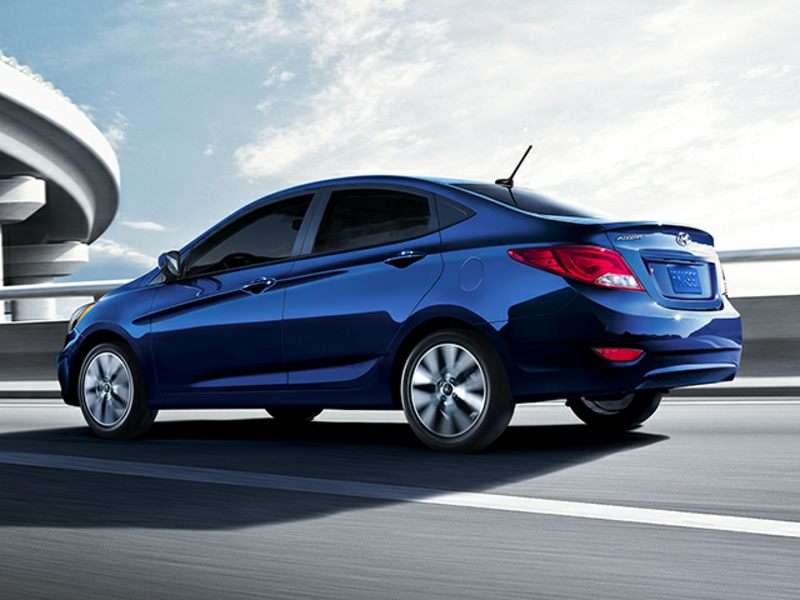
Power, Performance, and Fuel Efficiency
The 2016 Hyundai Accent is a surprisingly peppy package, thanks to a standard 138-horsepower, 4-cylinder engine and a particularly low curb weight, even for a subcompact car. In fact, not counting its corporate cousin from Kia, only one other classmate can match the Accent for standard horsepower, and that entry, from Chevrolet, is hundreds of pounds heavier. The Chevy—and the Nissan subcompacts, with only 109 horsepower—are less fuel efficient than the Hyundai, as well.
The Accent earns EPA grades of 27 MPG city, 38 MPG highway, 31 MPG combined with its standard 6-speed manual transmission, and posts an EPA line of 27 MPG city, 37 MPG highway, 31 MPG combined with its 6-speed automatic.
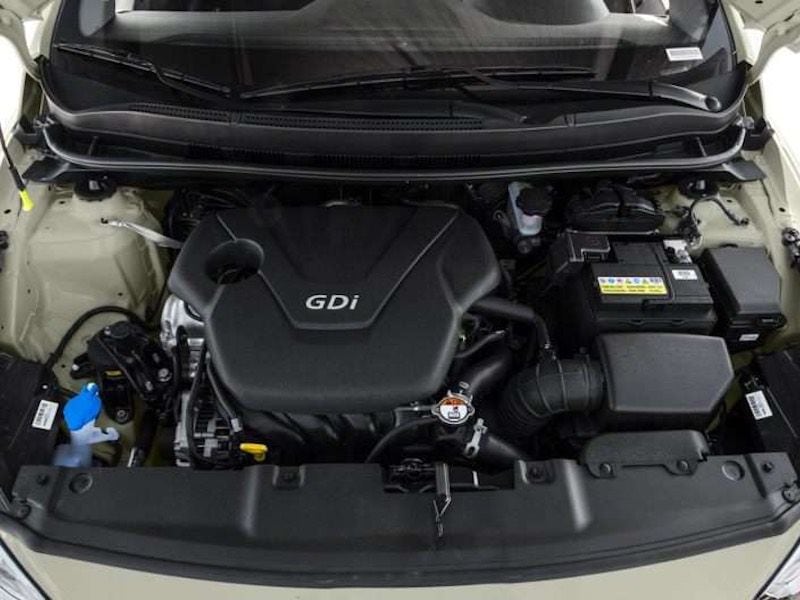
Exterior Design and Lighting
The 2016 Hyundai Accent is distinguished by the brand’s “Fluidic Sculpture” design language, for an appearance that’s equal parts “futuristic, dynamic and sleek.” The Accent does indeed have a clean and sculpted exterior, and its available upscale lighting treatment is a perfect complement. Standard on the Sport and optional for the SE sedan, the setup includes LEDs underlining the car’s projector-style headlamps, and the front fog lights have a dramatic shape and accents of their own to set off the Accent’s lines. At the rear, a singular highlight for the hatchback Sport model is provided by its multi-dimensional, vertically oriented taillights.
For a final touch, bold exterior finishes range from a deep Ultra Black to an eye-popping Vitamin C orange.
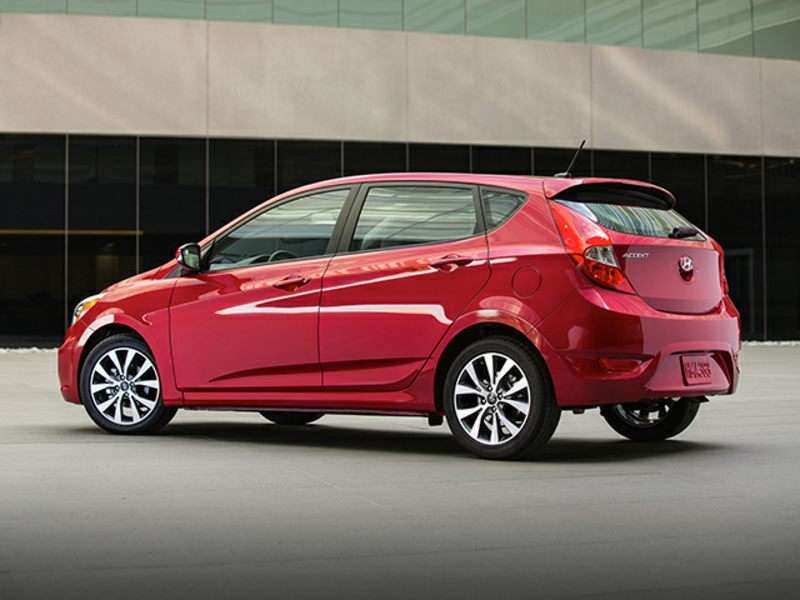
Interior Design and Capacities
Back in 2012, when the current generation Accent was initially launched, it earned a place on that year’s “10 Best Interiors” list from Ward’s AutoWorld. Fast forward to the 2016 Hyundai Accent, and that cabin still looks fresh, with detailed touches like HVAC vents that echo the shape of the car’s front fog lights. And while cabin space can often be at a premium in small economy cars, engineers have maximized it for the Accent.
Thus, the Accent sedan, despite its subcompact length, is classified as a compact by the EPA, which bases that on interior volume. Meanwhile, the hatchback has best-in-class cargo space behind its second row, with 21.2 feet—10.5 percent more than its nearest rival.
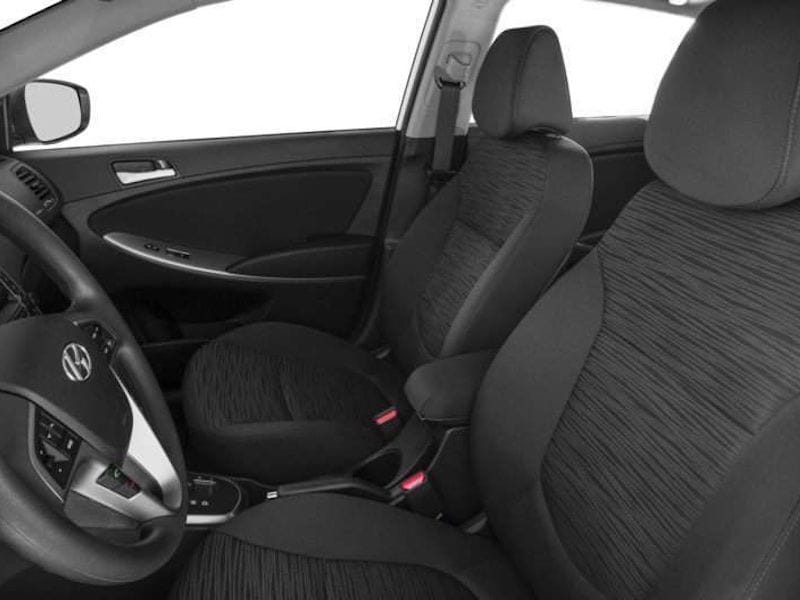
Infotainment and Audio
Well, there’s no avoiding it: The 2016 Hyundai Accent isn’t exactly loaded with infotainment and audio technology, though it does have a standout standard sound system. It’s a 6-speaker setup that serves up 172 watts of power, and also standard are enhancements such as a smartphone/USB port and a 3-month trial for SiriusXM Satellite Radio. Remember, some competitors try to save money with lesser stereos, so a car like the Nissan Versa sedan can’t match any of that.
Available infotainment features include Bluetooth for both hands-free calling and audio streaming, steering-wheel-mounted controls, and voice-recognition technology that’s been upgraded, based on customer feedback, specifically for the 2016 model year.
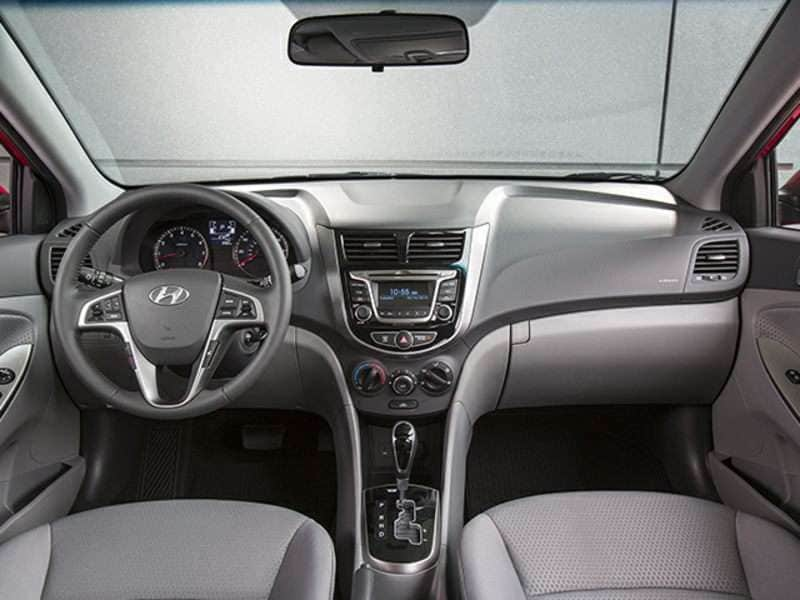
Safety Technology and Ratings
The 2016 Hyundai Accent brings the basics here, touting equipment such as six airbags, whiplash-preventing front headrests, and stability and traction control, however, although the Accent has a 4-Star Overall Safety Score, the NHTSA reported a “safety concern” in the car’s side crash rating.
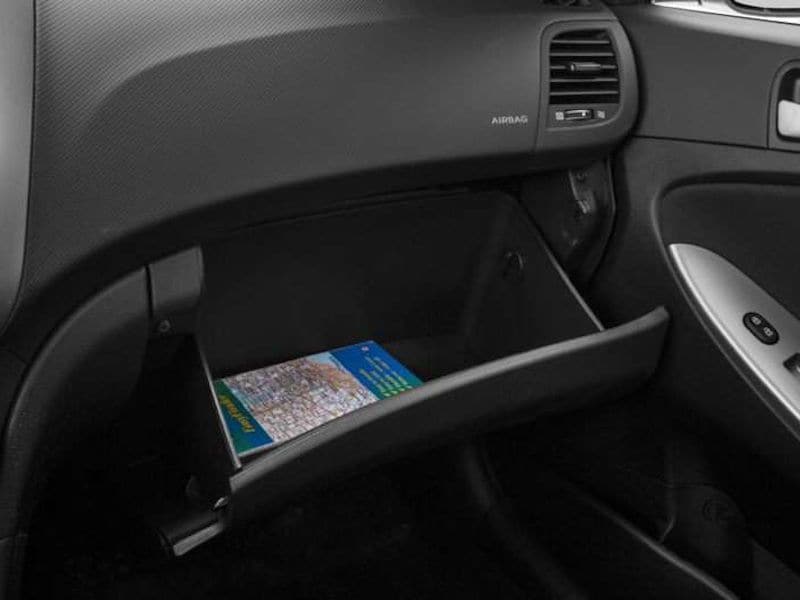
Other Cool Info
With an all-new model in the works, the 2016 Hyundai Accent isn’t as advanced as some of its current competitors. Yet earlier this year, it did earn its third straight segment victory in the J.D. Power Initial Quality Study (IQS). The same-generation Accent also set an impressive J.D. Power benchmark in 2014, when it became the first car from a non-luxury brand to lead its segment in both the IQS and Power’s Automotive Performance, Execution and Layout (APEAL) Study during the same year.
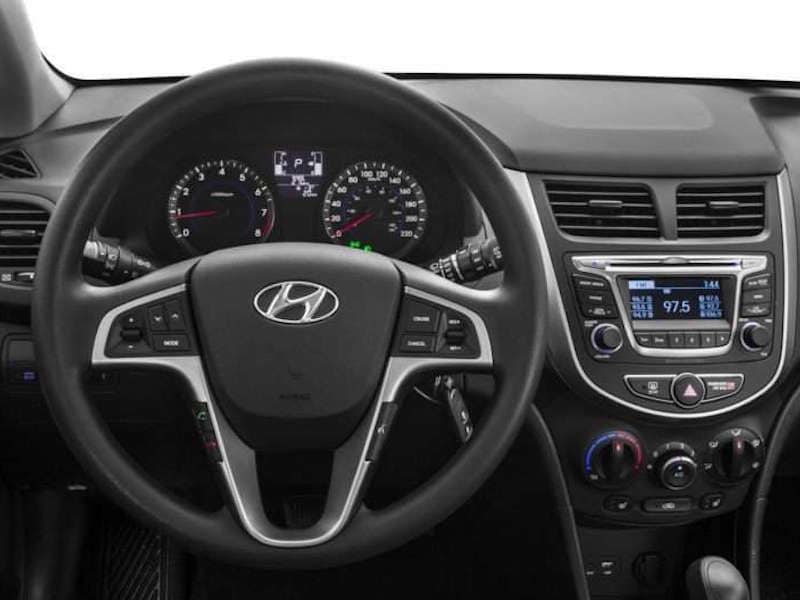
Final Thoughts
If you’re not concerned about the rear seat safety scoring, the 2016 Hyundai Accent is a small car with big advantages for many drivers. Chief among them: relatively brisk performance, competitive fuel economy ratings, an ear-catching standard sound system and high levels of interior versatility. It also has a strong warranty coverage game, backed by:
- 10-year/100,000-mile powertrain limited coverage
- A 7-year/unlimited-mileage anti-perforation warranty
- A 5-year/60,000-mile new-vehicle limited warranty
Finally, all Hyundai vehicles, even the Accent, come standard with five years of 24/7, 365-days-a-year roadside assistance, covering towing, flat-tire service, dead-battery charges, gas fill-ups, and more.
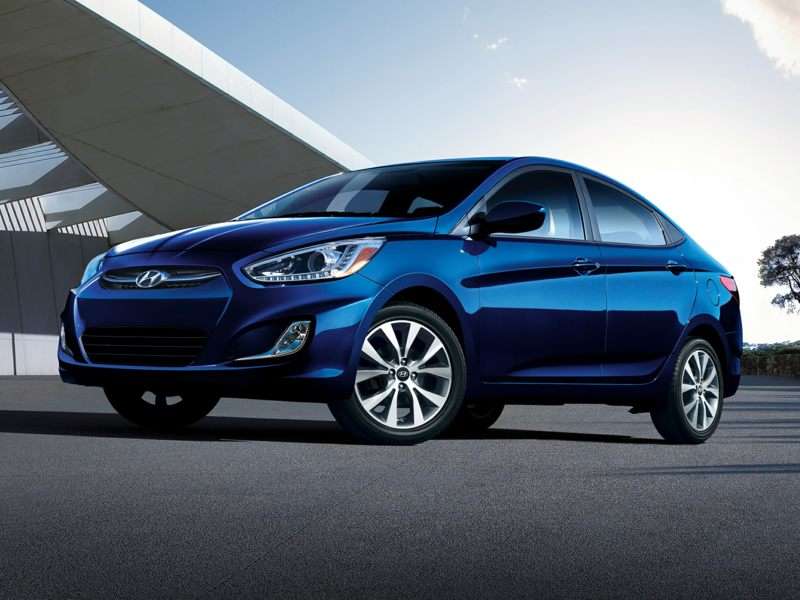
Photo by Hyundai